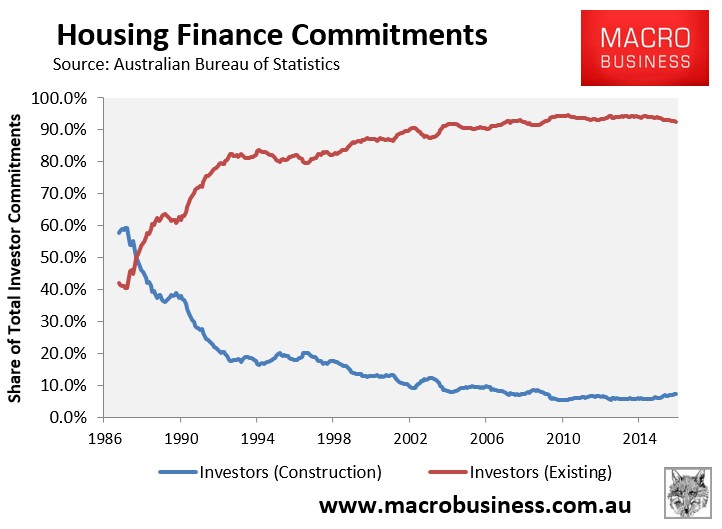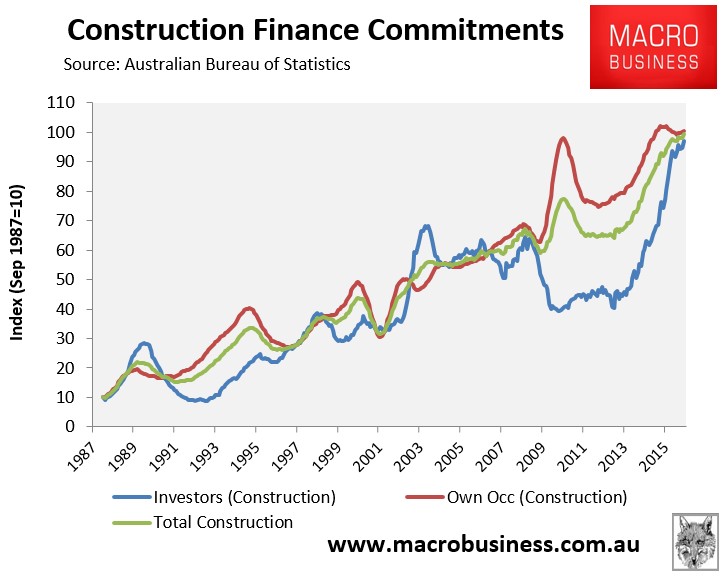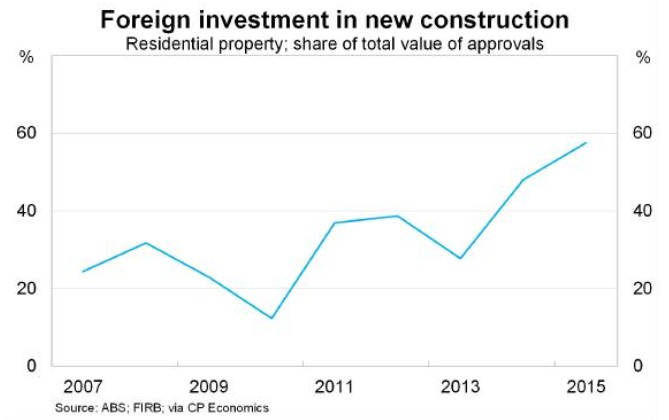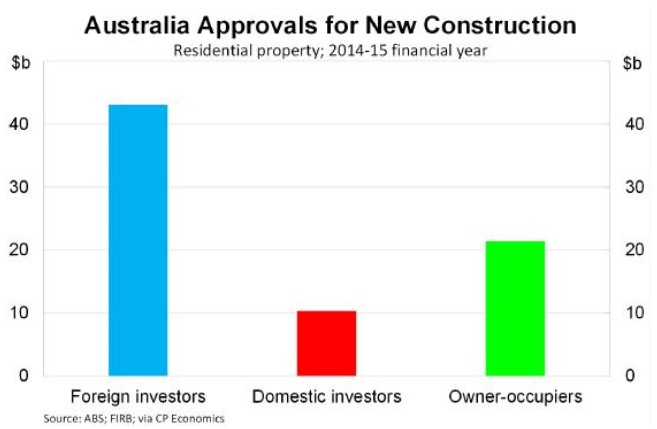It’s been an enjoyable few weeks with the commentariat all quiet on the negative gearing front, which has left me free to write about other issues.
Yesterday, this silence was unfortunately broken when Domain’s Nicola Thompson wrote an alarmist post quoting two so-called “experts” – a property investment “professional” and a Real Estate Institute member – warning that Labor’s negative gearing policy would magically reduce housing supply and push-up rents:
…experts say the policy will make all property more expensive and will require government intervention to restore rental housing supply.
“(The policy) is not a panacea. It’s not a silver bullet solution to driving affordability. In fact, it will have the opposite effect. It’s going to raise rents and will cause people to move people further out, which isn’t great for family connectivity and harmony,” Property Investment Professionals of Australia chairman Ben Kingsley says…
The Real Estate Institute of Queensland (REIQ) chief executive, Antonia Mercorella, believes that any changes to negative gearing would be “disastrous” for housing affordability and especially for renters who rely on the private sector for affordable accommodation…
“Any changes to negative gearing would be disastrous in Queensland, pushing thousands of families into financial distress as rents rise with the predictable result of diminishing supply.
“We know that new home building would shrink by around 4 per cent nationally, or 7200 dwellings a year, if changes limiting the tax deductibility of negative gearing were introduced, according to BIS Shrapnel”…
Kingsley says government intervention will be required to restore the rental property equilibrium if negative gearing was removed…
No vested interest there! Seriously, how does this stuff get past the editor’s desk?
The claim that Labor’s policy of restricting negative gearing to newly constructed dwellings only from 1 July 2017 would reduce housing supply and push-up rents is quite frankly laughable in the extreme. In all likelihood, the opposite would occur.
It is worth emphasising, yet again, that 93% of investor loans are for existing dwellings, therefore, most investors are not actually increasing housing supply, but rather substituting homes for sale into homes for let (see below chart).

Moreover, since negative gearing was reinstated in September 1987, after it was temporarily quarantined for two years, investor construction loans have grown at a slower rate than construction loans to owner occupiers (see next chart).

Based on the above data, it is wrong to assert that negative gearing has assisted dwelling supply and helped to keep a lid on rents.
Sure, under Labor’s policy there would be less “investment” (read transfer of ownership) in existing dwellings, but those homes would not magically disappear from the supply-demand equation. Rather, those homes would be purchased by an owner-occupier, thus reducing demand for rental properties by the same proportion as the fall in rental supply.
More importantly, because Labor’s policy would channel negative gearing towards new builds, dwelling construction would increase, as will the supply of rental accommodation. And this extra supply would lower rents, other things equal.
It is also worth pointing out that Labor’s ‘new homes only’ negative gearing policy is entirely consistent with the state government’s changes to first home buyers’ grants, which were shifted to newly constructed homes several years ago in order to boost supply.
Labor’s policy is also entirely consistent with the Turnbull Government’s own stance on foreign investment, which has sought to restrict foreign buyers to newly constructed dwellings only so that they boost dwelling supply, economic activity and rental availability. Yet again, here’s the chair of the foreign investment inquiry, Liberal MP Kelly O’Dwyer, explaining the benefits of this ‘new homes only’ policy:
“Currently the framework seeks to channel foreign investment in residential real estate into new dwellings in order to increase the housing stock for Australians to build, buy or rent. Foreign investment is encouraged in new dwellings whether they be apartments, units or homes because in addition to creating more supply, it also creates more jobs for the building and construction sector – all of which helps to grow our economy”.
As illustrated by Callam Pickering from CP Economics yesterday, this ‘new homes only’ policy for foreign investment has certainly had a positive effect on dwelling supply, with foreign buyers accounting for nearly 60% of approvals in new construction in 2014-15, dwarfing that of Australia’s property investors (see below charts).


It’s fair to assume, therefore, that Labor’s negative gearing policy would also have a positive effect on both dwelling supply and rental affordability, not to mention housing affordability as well by cooling investor demand into the established market.
Just don’t expect a site like Domain to trumpet these likely outcomes.

